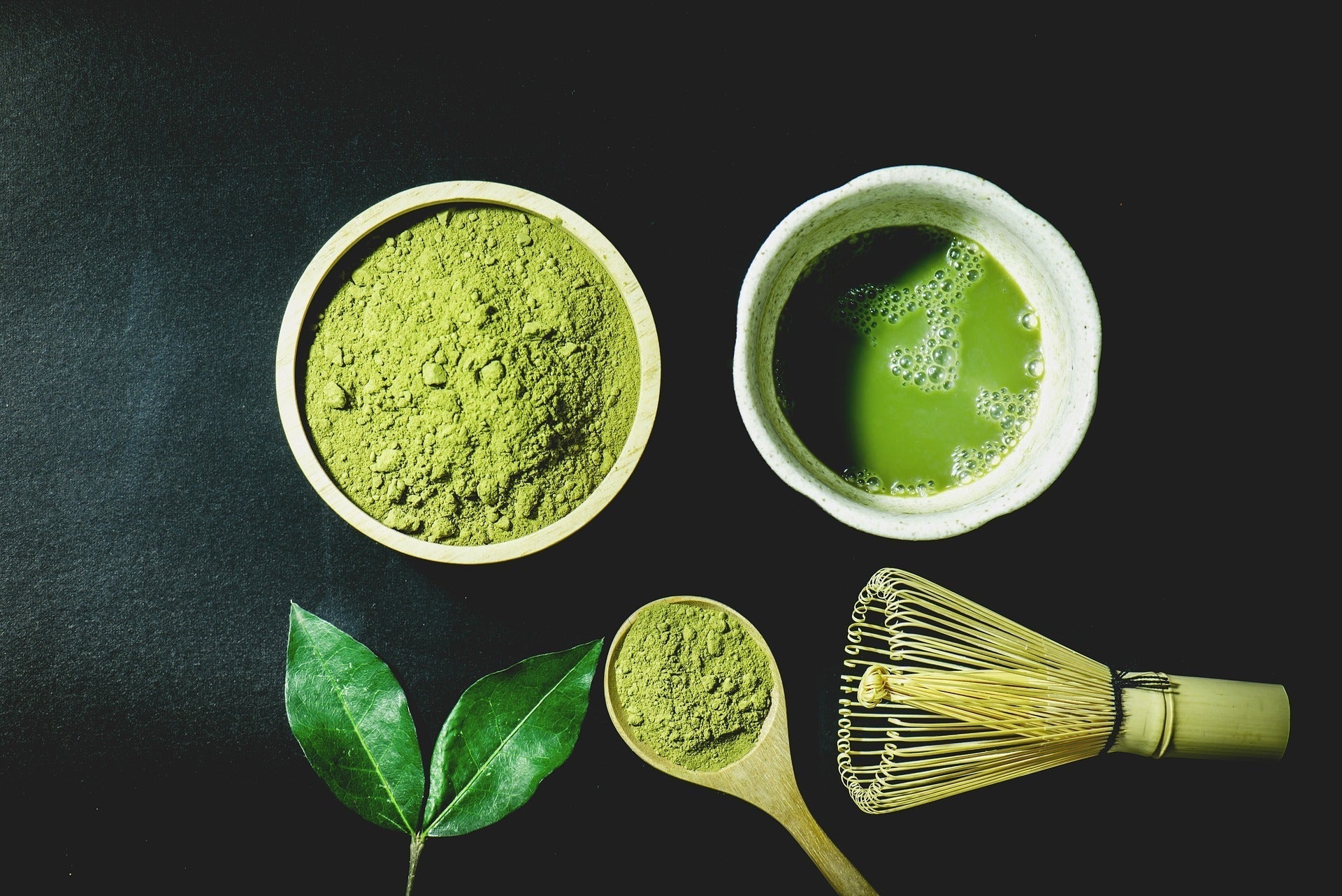3-Monochloropropane-1,2-diol (3-MCPD) is a chemical compound that has raised concerns because it shows up when we make some processed foods. This FAQ addresses common questions about 3-MCPD: Where it comes from, what the health concerns are, how it is regulated, which foods have it, how much is present in common foods, and how to avoid it.
What is 3-MCPD?
3-MCPD (3-monochloropropane-1,2-diol) is an organic chemical compound classified as a chloropropanol. It’s a colorless liquid that forms unintentionally during certain food processing methods. It can exist in free form or as fatty acid esters (3-MCPD esters), which break down into 3-MCPD during digestion. It’s considered a food processing contaminant because it’s not naturally present in raw ingredients but forms during manufacturing. People who don't eat processed foods don't have any of this contaminant in their blood.
What does 3-MCPD come from?
3-MCPD forms during high-temperature food processing when chloride ions (from salt or other sources) react with fats, such as glycerol or lipids. Key sources include:
- Acid hydrolysis: Used in producing hydrolyzed vegetable proteins (HVP) and soy sauce, where proteins are broken down with hydrochloric acid under high heat and pressure.
- Oil refining: During the deodorization and bleaching of vegetable oils (e.g., palm, soybean, or canola oil) at high temperatures (above 200°C), 3-MCPD esters form.
- Other heat processes: Baking, frying, or smoking foods, especially those containing fats and salt, can generate 3-MCPD, such as in smoked fish or cured meats.
What foods have 3-MCPD in them?
3-MCPD and its esters are found in a variety of processed foods, particularly those involving refined oils or high-heat processing. Common examples include:
- Soy sauce and hydrolyzed vegetable protein products (e.g., Bragg’s Liquid Aminos)
- Refined vegetable oils (e.g., palm, soybean, canola, sunflower)
- Fried foods (e.g., French fries, potato chips, doughnuts)
- Baked goods (e.g., bread, pastries, crackers)
- Processed meats (e.g., salami, ham, smoked meats)
- Infant formula (due to refined oils)
- Smoked or canned fish
- Margarine and fatty snacks
Which foods have the most 3-MCPD in them?
Foods with the highest levels of 3-MCPD are typically those made with refined palm oil or fried in refined oils, as well as acid-hydrolyzed soy products. For example:
- French fries: Can contain up to 100 µg/kg due to frying in refined oils; higher levels if fried in palm oil.
- Soy sauce: Some samples have been reported with levels as high as 93,000 µg/kg in extreme cases, particularly in acid-hydrolyzed varieties.
- Doughnuts: May contain about 150 µg/kg.
- Crackers and biscuits: Up to 134 µg/kg in some supermarket brands.
Why is 3-MCPD in soy sauce and Bragg’s Liquid Aminos?
Soy sauce and products like Bragg’s Liquid Aminos often use acid-hydrolyzed vegetable protein (HVP) to enhance flavor. During this process, proteins are broken down using hydrochloric acid at high temperatures, and any residual fats in the mixture can react to form 3-MCPD. While Bragg’s Liquid Aminos undergoes third-party testing and meets U.S. standards (1,000 µg/kg), it may exceed stricter European limits (20 µg/kg for soy sauce and HVP). Soy sauce made through enzymatic hydrolysis, rather than acid hydrolysis, typically contains no detectable 3-MCPD.
What are the health effects of 3-MCPD in people?
The health effects of 3-MCPD in humans are not fully understood, as no clinical studies have been conducted. However, studies in rodents suggest potential concerns, including:
- Kidney damage: 3-MCPD has been linked to adverse effects on kidney function.
- Male fertility: It may impair sperm production, historically considered for use as a male contraceptive.
- Cancer risk: 3-MCPD is classified as a possible human carcinogen by the International Agency for Research on Cancer (IARC), based on animal studies showing tumor formation.
These effects are dose-dependent, and the risk to humans depends on exposure levels. The European Food Safety Authority (EFSA) notes that high consumers, especially infants on formula, may exceed safe intake levels.
Is 3-MCPD carcinogenic?
3-MCPD is classified as a possible human carcinogen (Group 2B) by the IARC, based on evidence from rodent studies where it caused tumors. Its metabolite, glycidol (from glycidyl esters), is considered a probable human carcinogen due to its genotoxic properties (ability to damage DNA). While no human studies confirm carcinogenicity, regulatory bodies recommend minimizing exposure as a precaution.
Does infant formula give too much 3-MCPD to my baby?
Infant formula may contain 3-MCPD esters and glycidyl esters due to refined vegetable oils used in production, with levels typically ranging from 100-600 µg/kg, according to EFSA and FDA studies. The EFSA sets a tolerable daily intake (TDI) for 3-MCPD at 2 µg/kg body weight per day. For a 5 kg (11-pound) infant consuming 150-200 mL/kg/day of formula (750-1,000 mL), 3-MCPD intake could be 15-120 µg/day, based on typical formula concentrations. This often exceeds the TDI of 10 µg/day for a 5 kg infant, especially for formulas with higher oil content. The EFSA notes that infants are a high-risk group due to their low body weight and high formula consumption. By choosing a brand that does not contain palm oil and only expeller-pressed vegetable oil you can eliminate exposure to 3-MCPD in infant formula. A couple of organic brands are Bobbie and Kendamil.
The EFSA notes that infants are a high-risk group due to their low body weight and high formula consumption.
If I eat a serving of French fries at a fast food restaurant, will I be getting an unsafe level of 3-MCPD?
Whether a serving of fast food French fries contains an unsafe level of 3-MCPD depends on your body weight and total daily intake. French fries can contain high levels of 3-MCPD. The 2016 EFSA analysis found 57 µg/kg (range 51-63 µg/kg), consistent with other analyses that found 20-80 µg/kg in 6 samples. (A 2004 analysis found levels up to 6,000 µg/kg in french fries, but this result was not repeated in several analyses since then.) The EFSA sets a tolerable daily intake (TDI) for 3-MCPD at 2 µg/kg body weight. For a 150-pound (68 kg) person, this equals 136 µg/day. A typical small serving of fast food fries (about 70-100 g) could contribute about 6 µg of 3-MCPD, which is far less that the TDI of 136 µg per day for a 150-lb person. So, no, a serving of French fries will not give an adult an unhealthy level of 3-MCPD. The only way that would be true is if the 2004 data is utilized, which is inconsistent with the rest of the scientific literature.
If I eat a 1-ounce serving of tortilla chips fried in refined vegetable oil (not palm oil), how much 3-MCPD will I be getting?
The exact amount of 3-MCPD in a 1-ounce (28 g) serving of tortilla chips fried in refined vegetable oil (e.g., canola or sunflower) varies depending on the oil and frying conditions. Studies suggest refined oils like canola have lower 3-MCPD levels than palm oil, typically ranging from 100-1,000 µg/kg in the oil itself. (See this FDA study, and 2011 Kuhlmann study) Assuming tortilla chips absorb 20-30% oil by weight during frying, a 1-ounce (30 g) serving might contain 1-10 µg of 3-MCPD, based on oil content and frying conditions. This estimate is in line with the EFSA's analysis for potato crisps (see below), which would give you an average of 6.5 µg of 3-MCPD for a 30 g serving of potato chips. For a 150-pound (68 kg) person, the EFSA’s TDI of 2 µg/kg body weight (136 µg/day) means a 1-ounce serving is unlikely to exceed safe levels on its own. Just don't eat processed food all day. And if you ate the whole bag, well, let's just say you have more issues than just 3-MCPD to deal with.
Is there a reliable database showing how much 3-MCPD is in foods?
There isn't a single, comprehensive, publicly accessible database that lists 3-MCPD levels across all foods. (That probably is good, as centralized control isn't usually a great thing.) Here are some places you can find some of these data:
- European Food Safety Authority (EFSA): A report was published with 3-MCPD and glycidyl ester levels in foods like oils, infant formula, and fried products, based on surveys and risk assessments. Check this link: (https://efsa.onlinelibrary.wiley.com/doi/full/10.2903/j.efsa.2016.4426)
- FDA: Conducts surveys of 3-MCPD esters in infant formula and edible oils, with various results listed in this link: (https://www.fda.gov/food/process-contaminants-food/3-monochloropropane-12-diol-mcpd-esters-and-glycidyl-esters). The main results on edible oils are published here: https://pubmed.ncbi.nlm.nih.gov/24138540/.
- Scientific studies: Various journal articles have been published on 3-MCPD in oils and foods. You can find these at PubMed.gov. Here is a good article: "A summary of 2-, 3-MCPD esters and glycidyl ester occurrence during frying and baking processes"
How is 3-MCPD regulated?
Regulations for 3-MCPD vary by region:
- European Union: Sets a maximum limit of 20 µg/kg for free 3-MCPD in soy sauce and HVP (based on 40% dry matter). For 3-MCPD esters, limits are 1.25 ppm for oils like coconut, rapeseed, and sunflower, and 2.5 ppm for other vegetable oils and fish oils. Glycidyl esters are capped at 1 ppm in most oils and 0.5 ppm in infant formula.
- United States: Allows up to 1,000 µg/kg in soy sauce, a much higher threshold than the EU. No specific limits exist for 3-MCPD esters in oils.
- Other regions: Countries like Australia and New Zealand align with the EU’s 20 µg/kg limit for soy sauce.
Have levels of 3-MCPD gone down in foods since regulation was introduced?
Since regulations were introduced, particularly in the EU, levels of 3-MCPD and glycidyl esters in some foods, like palm oil, have decreased due to voluntary industry efforts and improved refining techniques. For example, glycidyl ester levels in palm oil halved between 2010 and 2015 after producers adopted mitigation strategies, such as optimizing deodorization temperatures and using alternative refining methods. However, 3-MCPD levels remain a challenge, as formation is hard to eliminate entirely. Data on soy sauce shows mixed results, with some products still exceeding safe limits in regions with laxer regulations. Ongoing research and stricter standards continue to drive reductions.
How can I reduce my exposure to 3-MCPD?
Here is how to minimize your own 3-MCPD intake:
- Choose minimally processed foods: Opt for unrefined oils (e.g., virgin olive oil) and enzymatically produced soy sauce.
- Limit fried foods: Reduce consumption of deep-fried items like French fries or doughnuts, which can have high 3-MCPD levels.
- Check labels: Avoid products with refined vegetable oils. Choose products made with cold-pressed oils.
- Cook at lower temperatures: When frying or baking at home, use lower heat to reduce the formation of 3-MCPD.
Are there alternatives to foods high in 3-MCPD?
Yes, you can choose alternatives to reduce exposure:
- Soy sauce: Buy the naturally fermented soy sauce, which typically contains no detectable 3-MCPD. There are lots of good options.
- Oils: Use unrefined oils like extra virgin olive oil or cold-pressed oils, which are less likely to contain 3-MCPD esters.
- Snacks: Opt for baked or air-popped snacks instead of deep-fried chips or snacks made with refined oils. When you want a potato chip treat, buy the baked ones.
- Homemade foods: Prepare meals at home. Avoid gravy mixes, industrially-made seasoning blends (choose herbal blends with ingredients you understand). This keeps you in control of the ingredients and cooking methods.
What is the bottom line for 3-MCPD?
The bottom line is that you should be aware of 3-MCPD in processed foods, particularly fried foods or acid-hydrolyzed proteins. While it’s a widespread contaminant, you can reduce exposure by favoring minimally processed foods, such as naturally fermented soy sauce and unrefined oils, and eliminating fried or fatty processed foods. For most people, occasional consumption of foods like French fries or tortilla chips is unlikely to pose a significant risk due to 3-MCPD, but infants and high consumers of fried foods may be getting unsafe amounts. Processed foods do not contribute to optimal health, and 3-MCPD is just one more reason to avoid them.









1 comment
Judy
3-MCPD another harm to foods…We must return to FARMERS limit supermarkets. learn to bake correctly the Sweden’s in Switzerland bake bread here America the bread is dough (most) bake desserts wheat pastry flour, coconut flour, etc., genuine extracts, genuine oils Avocado oil etc., No cow’s milk nut milk walnut, hazelnut or coconut milk, cacao powder, carob powder, stevia from stevia leaves.
3-MCPD another harm to foods…We must return to FARMERS limit supermarkets. learn to bake correctly the Sweden’s in Switzerland bake bread here America the bread is dough (most) bake desserts wheat pastry flour, coconut flour, etc., genuine extracts, genuine oils Avocado oil etc., No cow’s milk nut milk walnut, hazelnut or coconut milk, cacao powder, carob powder, stevia from stevia leaves.